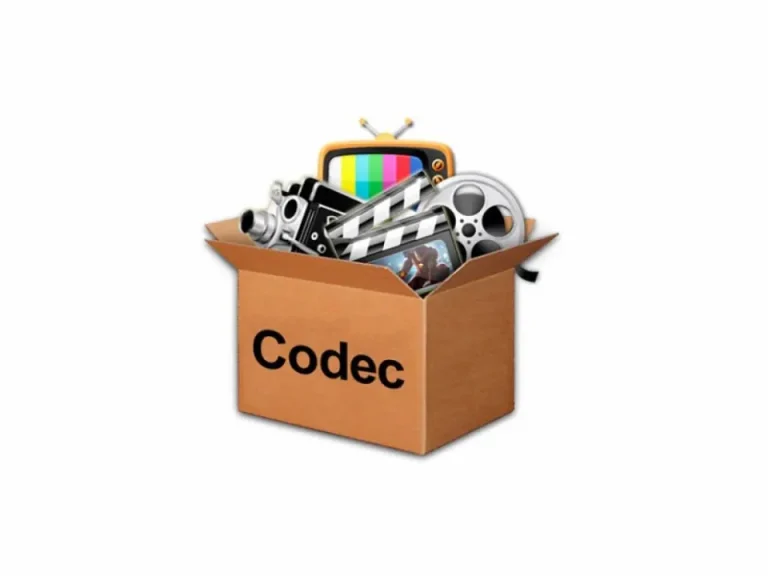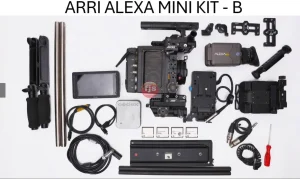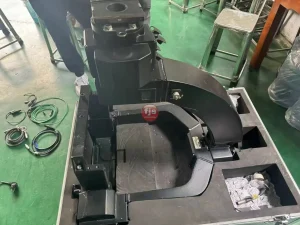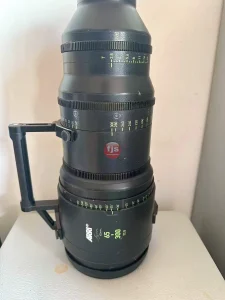Introduction
When it comes to high-quality video production, the choice of format can significantly impact the final result. Two popular formats often used by filmmakers and videographers are ARRI RAW and ProRes 4444. In this article, we will delve into the key differences between these two formats and help you understand which one is best suited for your specific needs.
ARRI RAW
- Lossless Compression: ARRI RAW is a lossless codec, meaning it captures the maximum amount of image data without any compression artifacts. This results in the highest possible image quality.
- Wide Dynamic Range: ARRI RAW offers a very wide dynamic range, allowing you to capture details in both the darkest shadows and brightest highlights.
- Flexibility in Post-Production: The flexibility of RAW footage allows for extensive color grading, exposure adjustments, and other post-production techniques.
- Large File Sizes: Due to its lossless nature, ARRI RAW files are significantly larger than compressed formats like ProRes.
ProRes 4444
- High-Quality Compression: ProRes 4444 is a high-quality compressed codec that offers excellent image quality with relatively small file sizes.
- Wide Color Gamut: It supports a wide color gamut, ensuring accurate color reproduction.
- Good Performance: ProRes 4444 is relatively efficient to work with in video editing software, making it a popular choice for post-production.
- Less Flexible Than RAW: While ProRes 4444 offers high quality, it does not have the same level of flexibility as RAW footage.
When to Use Which Format
- ARRI RAW:
- High-end productions that require the absolute best image quality
- Projects where extensive color grading and post-production work is necessary
- When storage space is not a major concern
- ProRes 4444:
- Projects that require high-quality video but don’t need the extreme flexibility of RAW
- When storage space is a concern
- For efficient editing workflows
Conclusion
Both ARRI RAW and ProRes 4444 are excellent formats for high-quality video production. The best choice for your project will depend on your specific needs, budget, and workflow. By understanding the key differences between these two formats, you can make an informed decision and achieve the best possible results.








